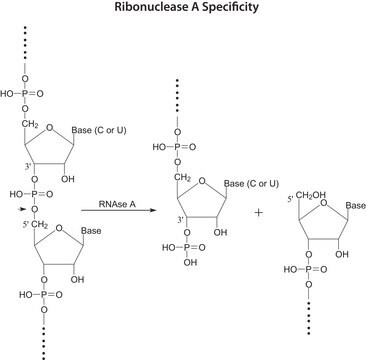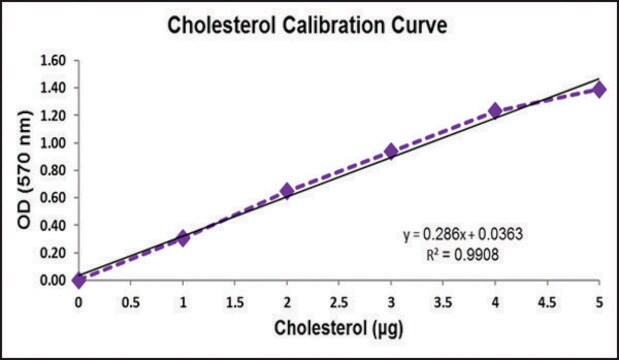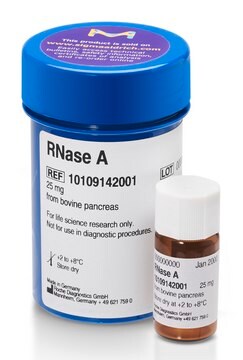SML0172
Cercosporamide from Cercosporidium henningsii
≥98% (HPLC)
Synonym(e):
4-Dibenzofurancarboxamide
About This Item
Empfohlene Produkte
Qualitätsniveau
Assay
≥98% (HPLC)
Löslichkeit
chloroform: 1 mg/mL
ethyl acetate: 1 mg/mL
DMSO: 5 mg/mL (Solution in DMSO is unstable and thus should be freshly prepared.)
Lagertemp.
−20°C
InChI
1S/C16H13NO7/c1-5(18)10-7(20)4-9-16(2,14(10)22)12-8(21)3-6(19)11(15(17)23)13(12)24-9/h3-4,19-21H,1-2H3,(H2,17,23)/t16-/m1/s1
InChIKey
GEWLYFZWVLXQME-MRXNPFEDSA-N
Anwendung
Biochem./physiol. Wirkung
Angaben zur Herstellung
Analysenzertifikate (COA)
Suchen Sie nach Analysenzertifikate (COA), indem Sie die Lot-/Chargennummer des Produkts eingeben. Lot- und Chargennummern sind auf dem Produktetikett hinter den Wörtern ‘Lot’ oder ‘Batch’ (Lot oder Charge) zu finden.
Besitzen Sie dieses Produkt bereits?
In der Dokumentenbibliothek finden Sie die Dokumentation zu den Produkten, die Sie kürzlich erworben haben.
Unser Team von Wissenschaftlern verfügt über Erfahrung in allen Forschungsbereichen einschließlich Life Science, Materialwissenschaften, chemischer Synthese, Chromatographie, Analytik und vielen mehr..
Setzen Sie sich mit dem technischen Dienst in Verbindung.





